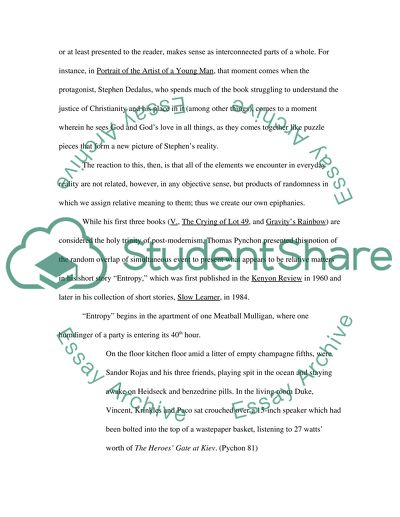Cite this document
(The Metaphor of False Epiphany in Literature as Explored in Thomas Assignment, n.d.)
The Metaphor of False Epiphany in Literature as Explored in Thomas Assignment. Retrieved from https://studentshare.org/literature/1535530-choose-or-create-and-justify-a-metaphor-which-you-feel-best-represents-the-literature-of-the-late-20th
The Metaphor of False Epiphany in Literature as Explored in Thomas Assignment. Retrieved from https://studentshare.org/literature/1535530-choose-or-create-and-justify-a-metaphor-which-you-feel-best-represents-the-literature-of-the-late-20th
(The Metaphor of False Epiphany in Literature As Explored in Thomas Assignment)
The Metaphor of False Epiphany in Literature As Explored in Thomas Assignment. https://studentshare.org/literature/1535530-choose-or-create-and-justify-a-metaphor-which-you-feel-best-represents-the-literature-of-the-late-20th.
The Metaphor of False Epiphany in Literature As Explored in Thomas Assignment. https://studentshare.org/literature/1535530-choose-or-create-and-justify-a-metaphor-which-you-feel-best-represents-the-literature-of-the-late-20th.
“The Metaphor of False Epiphany in Literature As Explored in Thomas Assignment”, n.d. https://studentshare.org/literature/1535530-choose-or-create-and-justify-a-metaphor-which-you-feel-best-represents-the-literature-of-the-late-20th.


